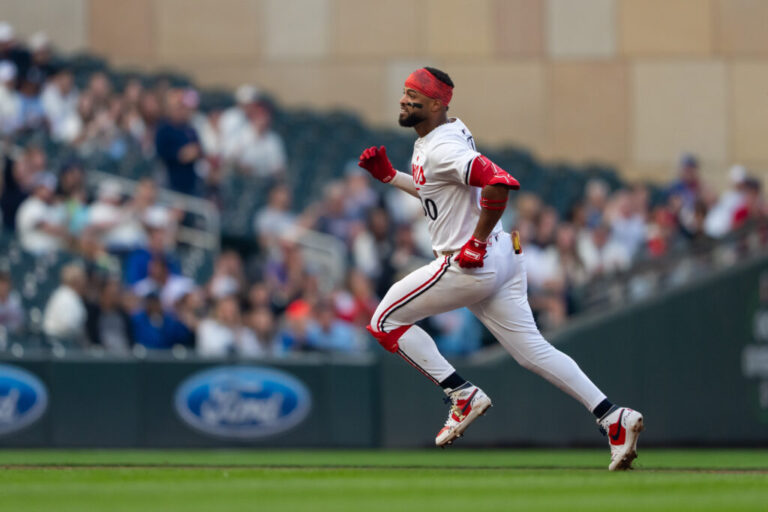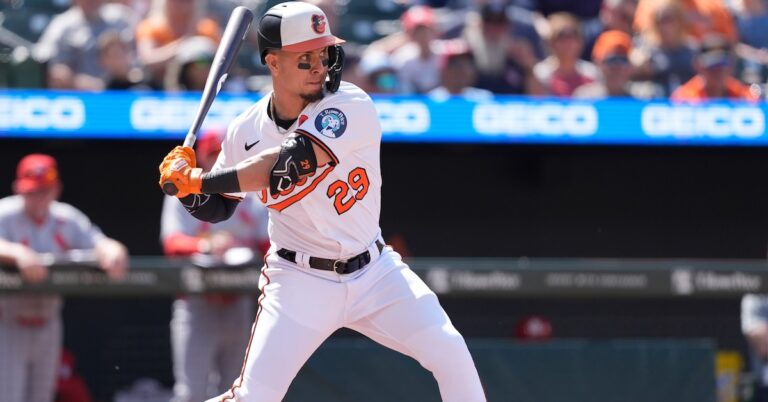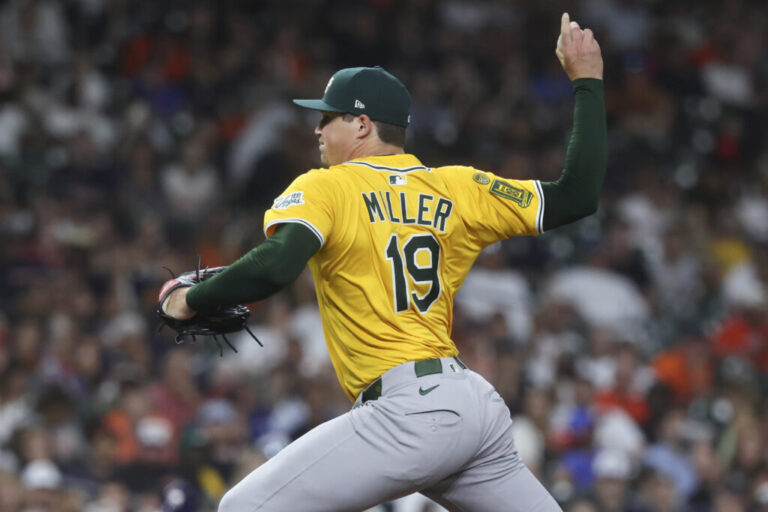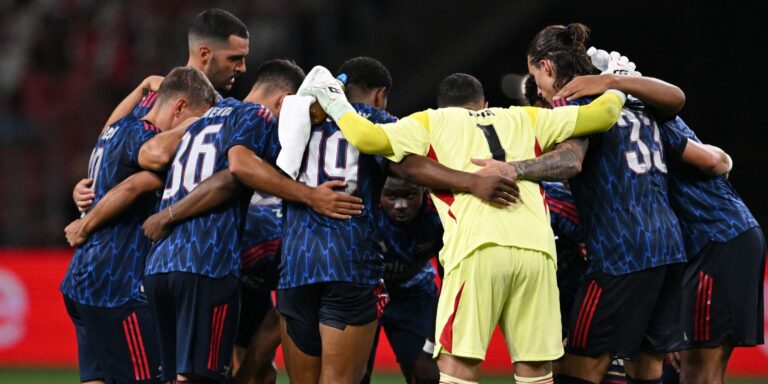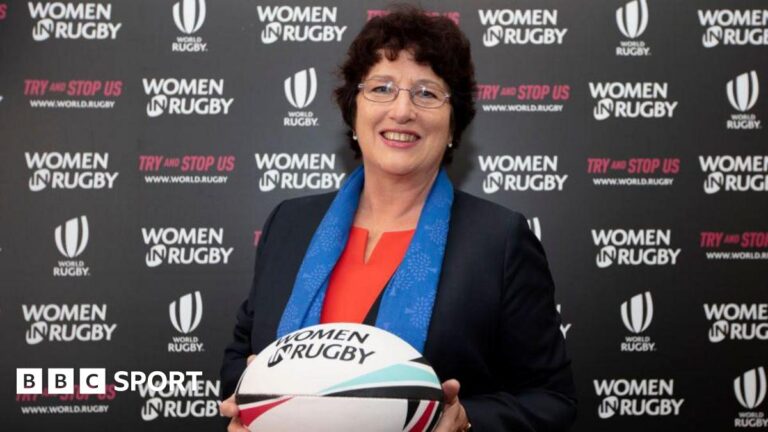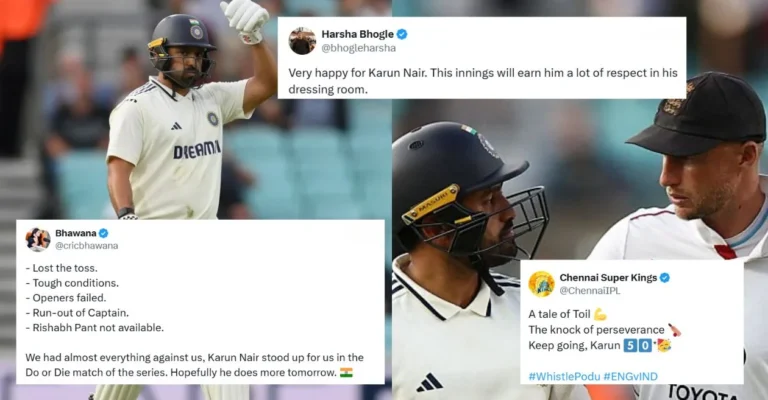

We’re now two weeks from the trade deadline, and so far, not much has happened since the mid-June Rafael Devers trade. At least, that is, if you’re not the world’s biggest fan of Adam Frazier, just acquired by the Kansas City Royals. Unless we have the most boring deadline season ever, there’s a lot more to come as this is every organization’s last, best chance to improve their teams for the homestretch and the playoffs. So, who has the most to gain by being a buyer?
We could just say “teams near the playoffs” and peace out, but given I have access to a projection system that comes with a season simulation attached, that would be kind of lazy. So to get some hard numbers on the possible benefits beyond just saying Good Player Make Wins Go Brrr, I ran the rest-of-season simulation 60 times — adding one win to each team once, and then two wins to each team once — and hit the red run button. (I actually have one.) Yes, that means even the White Sox and Rockies get the opportunity to add wins, though you can judge whether this is being complete or being cruel.
In the chart below, which gives the results for all 30 teams, “+1” and “+2” represent the scenarios in which we added either one or two wins to that team’s bottom line. The table ought to be sortable, unless I messed it up, which is a thing that does happen. (Editor’s Note: Dan did not mess this up. Happy sorting!)
ZiPS Projected Playoff/World Series Probability (Through July 16)
| Team | Div% | Playoff% | WS Win% | Playoff+1 | Diff | WS+1 | Diff | Playoff+2 | Diff | WS+2 | Diff |
|---|---|---|---|---|---|---|---|---|---|---|---|
| Rays | 5.8% | 35.6% | 1.5% | 47.2% | 11.6% | 2.8% | 1.3% | 54.9% | 19.3% | 4.1% | 2.6% |
| Red Sox | 13.0% | 56.5% | 2.4% | 67.9% | 11.4% | 4.2% | 1.8% | 74.6% | 18.1% | 5.8% | 3.4% |
| Cardinals | 2.9% | 28.2% | 0.9% | 38.8% | 10.6% | 1.9% | 1.0% | 46.3% | 18.1% | 2.8% | 1.9% |
| Giants | 2.0% | 30.1% | 0.8% | 40.5% | 10.4% | 1.6% | 0.8% | 48.0% | 17.9% | 2.5% | 1.7% |
| Mariners | 16.4% | 66.9% | 4.8% | 77.0% | 10.1% | 7.5% | 2.7% | 82.6% | 15.7% | 9.8% | 5.0% |
| Padres | 7.5% | 59.3% | 3.5% | 69.2% | 9.9% | 5.7% | 2.2% | 75.1% | 15.8% | 7.5% | 4.0% |
| Twins | 3.6% | 22.9% | 1.2% | 32.7% | 9.8% | 2.3% | 1.1% | 40.1% | 17.2% | 3.4% | 2.2% |
| Guardians | 3.1% | 21.4% | 1.1% | 30.7% | 9.3% | 2.2% | 1.1% | 37.9% | 16.5% | 3.3% | 2.2% |
| Rangers | 1.9% | 19.9% | 0.8% | 29.1% | 9.2% | 1.7% | 0.9% | 36.1% | 16.2% | 2.6% | 1.8% |
| Blue Jays | 27.4% | 73.8% | 3.0% | 82.6% | 8.8% | 4.9% | 1.9% | 87.1% | 13.3% | 6.6% | 3.6% |
| Reds | 0.9% | 12.9% | 0.3% | 20.0% | 7.1% | 0.6% | 0.3% | 25.7% | 12.8% | 1.1% | 0.8% |
| Royals | 1.4% | 11.2% | 0.4% | 17.9% | 6.7% | 0.9% | 0.5% | 23.6% | 12.4% | 1.5% | 1.1% |
| D-backs | 0.4% | 10.6% | 0.4% | 17.0% | 6.4% | 0.9% | 0.5% | 22.3% | 11.7% | 1.5% | 1.1% |
| Orioles | 0.7% | 9.0% | 0.5% | 14.9% | 5.9% | 1.1% | 0.6% | 19.9% | 10.9% | 1.8% | 1.3% |
| Mets | 42.4% | 86.0% | 7.1% | 91.5% | 5.5% | 10.4% | 3.3% | 94.2% | 8.2% | 13.1% | 6.0% |
| Brewers | 38.4% | 87.4% | 5.9% | 92.4% | 5.0% | 8.8% | 2.9% | 94.8% | 7.4% | 11.2% | 5.3% |
| Yankees | 53.1% | 88.6% | 10.7% | 93.4% | 4.8% | 14.9% | 4.2% | 95.6% | 7.0% | 18.1% | 7.4% |
| Phillies | 57.5% | 90.9% | 9.3% | 94.8% | 3.9% | 13.1% | 3.8% | 96.6% | 5.7% | 16.1% | 6.8% |
| Cubs | 57.8% | 93.6% | 7.9% | 96.5% | 2.9% | 11.3% | 3.4% | 97.8% | 4.2% | 13.9% | 6.0% |
| Braves | 0.1% | 1.9% | 0.1% | 3.9% | 2.0% | 0.2% | 0.1% | 5.7% | 3.8% | 0.4% | 0.3% |
| Astros | 81.6% | 96.1% | 12.8% | 98.0% | 1.9% | 17.0% | 4.2% | 98.8% | 2.7% | 20.1% | 7.3% |
| Tigers | 91.9% | 96.7% | 7.2% | 98.5% | 1.8% | 10.3% | 3.1% | 99.2% | 2.5% | 12.7% | 5.5% |
| Angels | 0.1% | 1.4% | 0.0% | 3.0% | 1.6% | 0.0% | 0.0% | 4.7% | 3.3% | 0.1% | 0.1% |
| Dodgers | 90.2% | 98.8% | 17.4% | 99.5% | 0.7% | 22.2% | 4.8% | 99.7% | 0.9% | 25.5% | 8.1% |
| Marlins | 0.0% | 0.3% | 0.0% | 0.7% | 0.4% | 0.0% | 0.0% | 1.3% | 1.0% | 0.0% | 0.0% |
| Pirates | 0.0% | 0.0% | 0.0% | 0.1% | 0.1% | 0.0% | 0.0% | 0.1% | 0.1% | 0.0% | 0.0% |
| Athletics | 0.0% | 0.0% | 0.0% | 0.1% | 0.1% | 0.0% | 0.0% | 0.3% | 0.3% | 0.0% | 0.0% |
| White Sox | 0.0% | 0.0% | 0.0% | 0.0% | 0.0% | 0.0% | 0.0% | 0.0% | 0.0% | 0.0% | 0.0% |
| Rockies | 0.0% | 0.0% | 0.0% | 0.0% | 0.0% | 0.0% | 0.0% | 0.0% | 0.0% | 0.0% | 0.0% |
| Nationals | 0.0% | 0.0% | 0.0% | 0.0% | 0.0% | 0.0% | 0.0% | 0.0% | 0.0% | 0.0% | 0.0% |
One or two wins likely represents the best case scenario for additions, because in order to see these gains, they would have to add one or two wins relative to the league. If you add two wins but your closest rivals add one win, well, you’re not going to get the same result as when they just kinda chill and let the deadline pass without drama. Like the old joke about the campers running from a bear, running faster than the others is far more important than simply being fast.
There are eight teams who, even if adding a win at the deadline, still have playoff probabilities under 5%, so I’d argue that there should be little question about throwing in the towel on 2025, at least if you believe the computer. Six of the eight teams aren’t surprises, with the White Sox, Rockies, Nationals, Pirates, Athletics, and Marlins all entering the season needing a lot to go right to play October baseball. The A’s did make it interesting for a while, scoring enough runs to be above .500 in mid-May. But the pitching that was expected to be dreadful turned out to be so, and the club’s current 19-36 run has basically cut off any prospect of awkward postseason games at tiny Sutter Health Park.
The Braves might’ve been able to make things interesting and defy the odds if Chris Sale, Spencer Schwellenbach, and Reynaldo López were healthy or if we could expect them to pitch again soon — as their returns would augment whatever wins they might add relative to the league — but they’re not and we can’t. I certainly don’t get the sense that Atlanta still considers 2025 to be a going concern. The Angels here may be more controversial, as they’re relatively close to a playoff spot at the moment, but ZiPS also thinks that talent-wise, they are the most-overperforming team in baseball right now, and at some point they will experience at least some regression. ZiPS doesn’t explicitly use Pythagorean record since it knows the actual players on the roster, but the club’s 42-54 Pythagorean record does not suggest a hidden gem here. The Angels have players worth trading, but because of their position in the standings, I’m not sure they’re actually going to be active sellers — even if the projections suggest they should.
ZiPS puts the Orioles and Diamondbacks in a pretty difficult and dangerous position here. They are both just close enough in the standings that club executives could convince themselves that an additional win or two could go a long way toward helping them recover from their disappointing seasons in time for a playoff run. While Baltimore’s excessive conservatism is responsible for the team’s brutal lack of pitching, it may serve the organization well here, preventing it from chasing a low-probability playoff spot rather than restocking to improve its chances next year. Arizona hasn’t outright said it is going to punt at the deadline, but considering it has at least a quartet of valuable contributors on expiring contracts at a time when not many clubs have quality players to shop, I expect the D-backs to be active sellers.
In terms of making the playoffs — not winning the World Series — two AL East teams, the Rays and the Red Sox, get the biggest bumps by adding a win or two. While the Rays don’t like signing big contracts in free agency, they’ve shown in the past that they’re willing to add players during the season if there’s a real benefit, so I wouldn’t be surprised if they actually took on at least a teensy bit of payroll at the deadline. Meanwhile, the Red Sox have been on the edge of playoff contention in recent years, but haven’t shown much of an inclination to chase a Wild Card spot. The thing is, this year’s AL East race is tight, and there is no juggernaut in the division. Might that change things? On the final day of July last season, the Sox were 7 1/2 games behind the first-place Orioles and an even seven behind the second-place Yankees, and nine behind the Orioles in 2023. This time feels different, though. Riding a 10-game winning streak into the All-Star break, Boston has surged into third place in the division, three games behind the Blue Jays and just a game in back of the Yankees. Improving ahead of the deadline this season would come with more tangible benefits, making the division a plausible goal, not a lottery ticket.
ZiPS views the Cardinals and Giants as two teams whose playoff odds would benefit from some deadline additions, though it is less sanguine about their shot at success if they get there. The Mariners and Padres see similar postseason-probability boosts, except their gains would also translate to their odds to win the World Series; the computer believes they are fundamentally stronger teams, with better top-end talent, than St. Louis and San Francisco.
The Dodgers aren’t an unstoppable force, in large part because like last season, the rotation has absorbed a ludicrous number of injuries. While their hopes to make the playoffs and win the division are quite safe, there’s no guarantee that they’ll coast to a first-round bye. And that matters, despite all the chatter about how securing the no. 1 seed and an automatic bid to the Division Series is somehow a disadvantage; if given the choice either to get a few days off, reset the rotation and skip ahead to the next round, or to risk getting bounced in the best-of-three Wild Card Series, every team in baseball would take the former without thinking.
The Phillies show up higher on this year’s list than they did last season because of how close the Mets are behind them in the NL East standings. At this time in 2024, ZiPS thought Philadelphia had an 85% chance of winning the division, but this year, those odds are down to 58%. ZiPS evaluates the Mets as another team with a real motivation to improve. Sure, it sees New York as slightly below the Phillies in terms of overall team quality, but the division is so tight that if the Mets were to upgrade their roster by just a win or two, that could be enough for them to overcome Philly.
I’ll close this discussion with the Blue Jays because, on a philosophical level, I disagree with what ZiPS suggests they should do at the deadline. While the computer doesn’t think their playoff odds would increase as much from adding a couple of wins as some of the other division leaders, based on the state of their roster, I think they need to make this the group that they put all their resources behind. Toronto is not a young team. Bo Bichette, Kevin Gausman, Daulton Varsho, and Chris Bassitt are all free agents after this year or next, and the organization has one of the weaker farm systems in baseball. Orelvis Martinez has been absolutely awful in Triple-A, and is looking less and less likely to be a good late-season reinforcement. This may very well be the last strong shot this decade that the Blue Jays have to make a deep postseason push. They cannot let that go to waste.
My dreaded trade deadline mathemagician piece comes next week, so we’ll talk more about specific acquisitions then!
